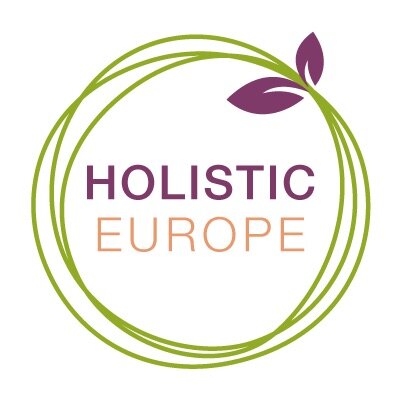Molasses: an iron pot at the end of the rainbow?
Headaches, dizziness, pale skin, chest pain, fast heartbeat, extreme fatigue, weakness, are some symptoms of the lack of haemoglobin (a unique metalloprotein that has iron in its composition and has a high capacity to bind and carry gases, especially oxygen [1]). Haemoglobin represents 96% in the Red Cells of our blood, the cells responsible for carrying oxygen from our lungs to different parts of our body. The lack of iron in our body is one of the factors leading to the lack of haemoglobin, hence a lower Red Cells count promoting poor transportation of oxygen to our muscles. This condition known as “Iron deficiency anaemia” affects approximately 1.6 billion people around the globe [2].
Plants also require iron, although differently, for their metabolism and therefore have iron in their composition. These organisms obtain iron through absorption of the soil water solution together with many other mineral elements [3]. On the other hand, humans obtain iron through food consumption, especially from food like beef and eggs (worldwide average) and plants or plant derived foods, which contain usually small but a considerable source of this element. According to the European Food Safety Authority (EFSA), the recommended daily intake of iron for adult men is around 10 mg/day and for women in the reproductive stage around 20 mg/day [4]. These values can seem small but doing some calculations as a reference: an adult man would need to eat 500 grams of eggs per day to meet his iron requirement, and a woman in reproductive stage would need to eat 1 kg of eggs or 20 eggs per day to meet her daily iron requirement, of course not considering other food intake during the day.
Nowadays, for reasons including health, planet care, ecology support, people are changing the food consumption routine and selecting less and less of the conventional iron sources. This leads to selection of alternative foods with high iron content in order to address the necessity to improve the human nutrition.
Pragmatically, to be qualified as a considerable source of iron for humans, two things should be considered: the first thing is the iron content in the food, and the second is how much we normally eat of that item. Some foods are highly rich in iron, but in general the daily intake on a weight basis is considerably low, for example, spinach (1.2 mg of iron/100g). Other foods can represent a good source of iron because of the usual quantity consumed and their iron content, but sometimes are rarely used in the human daily consumption, for example, chickpeas (1.8 mg of iron/100g) [5].
There is one special item in the food range that can be a good source of iron but is usually forgotten. Realistically, it can be introduced to our food routine without much effort. I’m referring to Molasses, a product of refining sugar usually from Sugar Cane and less commonly from Sugar Beet and Citrus fruits [6]. Molasses from Sugar Cane is obtained during sugar production. Sugar Cane is usually stripped of leaves and then harvested. Its juice is extracted by crushing the cane, and the juice is boiled promoting sugar crystallization. After being boiled three times, a viscous blackstrap molasses is produced.
Molasses stands due to its content of vitamins and essential mineral elements, especially Iron, Calcium, Magnesium and Manganese. Iron content in blackstrap cane molasses has been reported in the range of 11.3 to 20mg/100g [7] and based on the recommended daily iron intake [4], around 100g of intake of this product could be enough to supply the daily requirement of iron, without considering other food intake during the day. Considering the use of this product as a sweetener or opting for brown sugar (contains molasses) or using it in cookies, pies and cakes, molasses can be considered as an important source of iron for human nutrition. Some studies suggest that the intake of one tablespoon daily can provide 20% of the daily requirements of calcium, magnesium, iron, manganese, and Vitamin B6.
For these reasons Molasses can be a great addition to our daily routine without much effort whilst, at the same time, improving our health. Of course, if it is within our reach.
Resources:
1- Collins, J.A et al. Relating oxygen partial pressure, saturation and content: the haemoglobin–oxygen dissociation curve. Breathe, 2015, 11(3), pp.194-201.
2- Benuoist,B, et al. Worldwide prevalence of anaemia, WHO vitamin and mineral nutrition information system, 2008, 1993–2005. Geneva, Switzerland: World Health Organization (WHO).
3- Nowogórska, M. et al. Characterization of the proteins involved in the transport and storage of iron in plants. Postepy biochemii, 2017, 63(3), pp.210-220.
4- http://www.efsa.europa.eu/sites/default/files/efsa_rep/blobserver_assets/ndatolerableuil.pdf
5- https://www.healthdirect.gov.au/how-to-meet-your-iron-needs-infographic
6-Curtin, LV. Molasses general considerations. In:Molasses in animal nutrition. Florida: University of Florida, 1983, 1–10.
7-Harris, RS. et al. The nutritional availability of iron in molasses .Am J Dig Dis. 1939 ;6(7):459–462.
